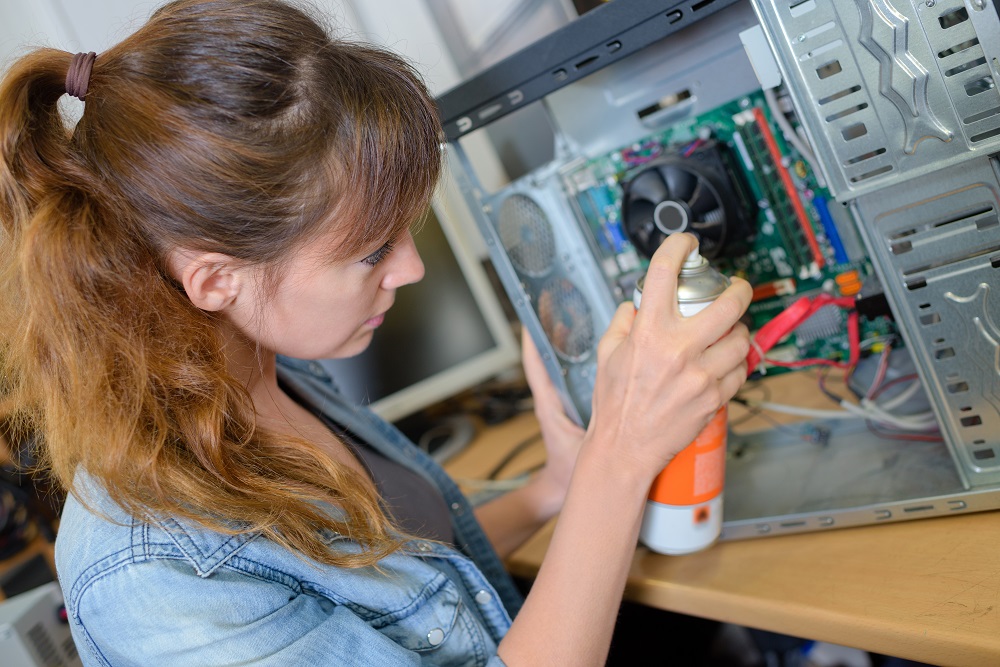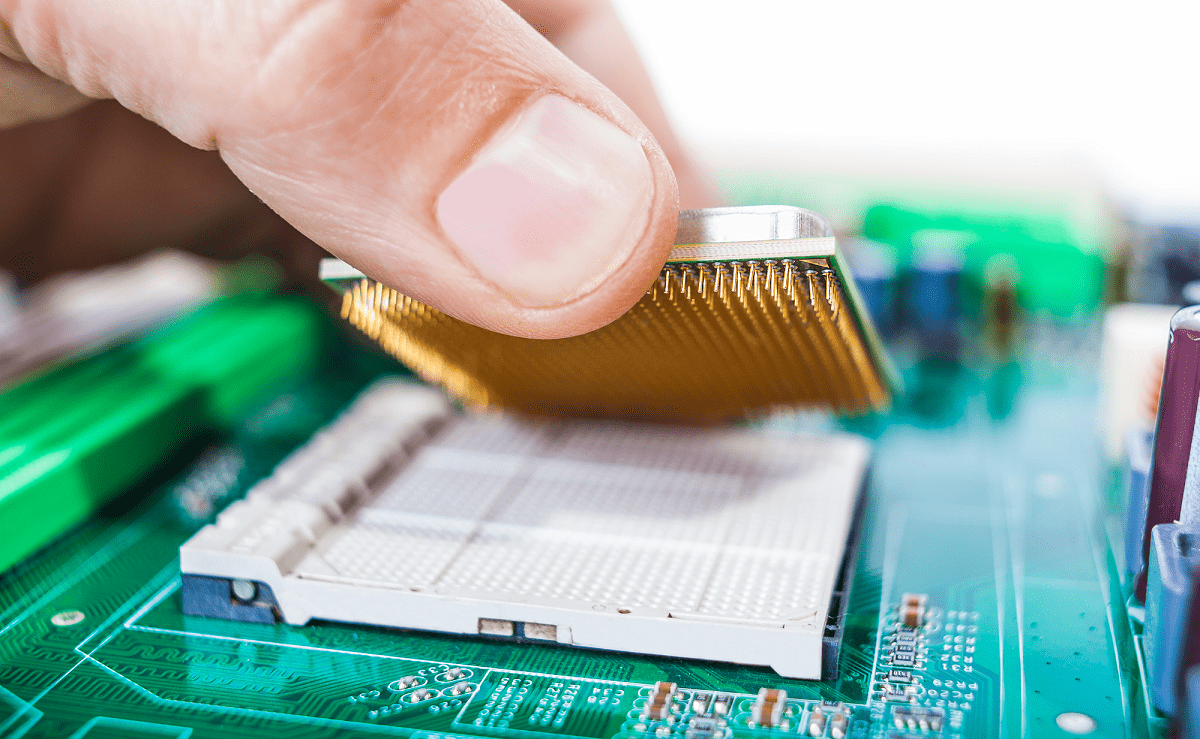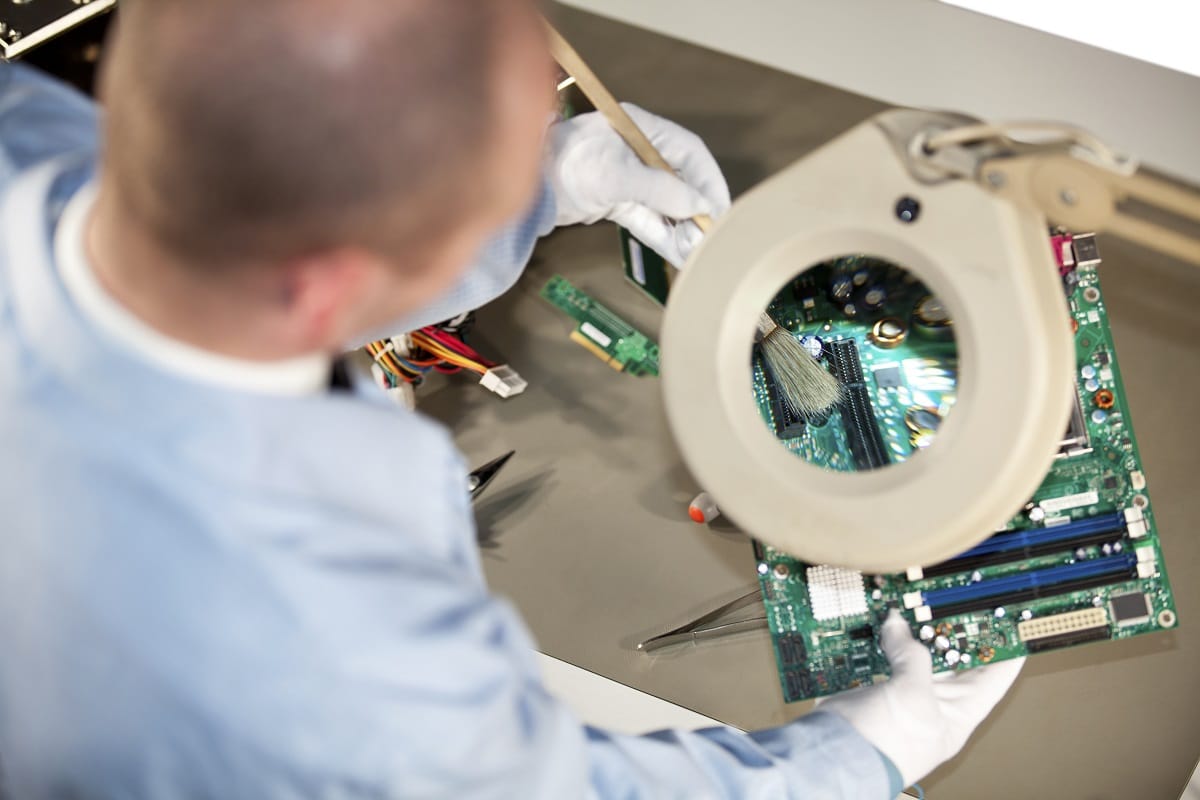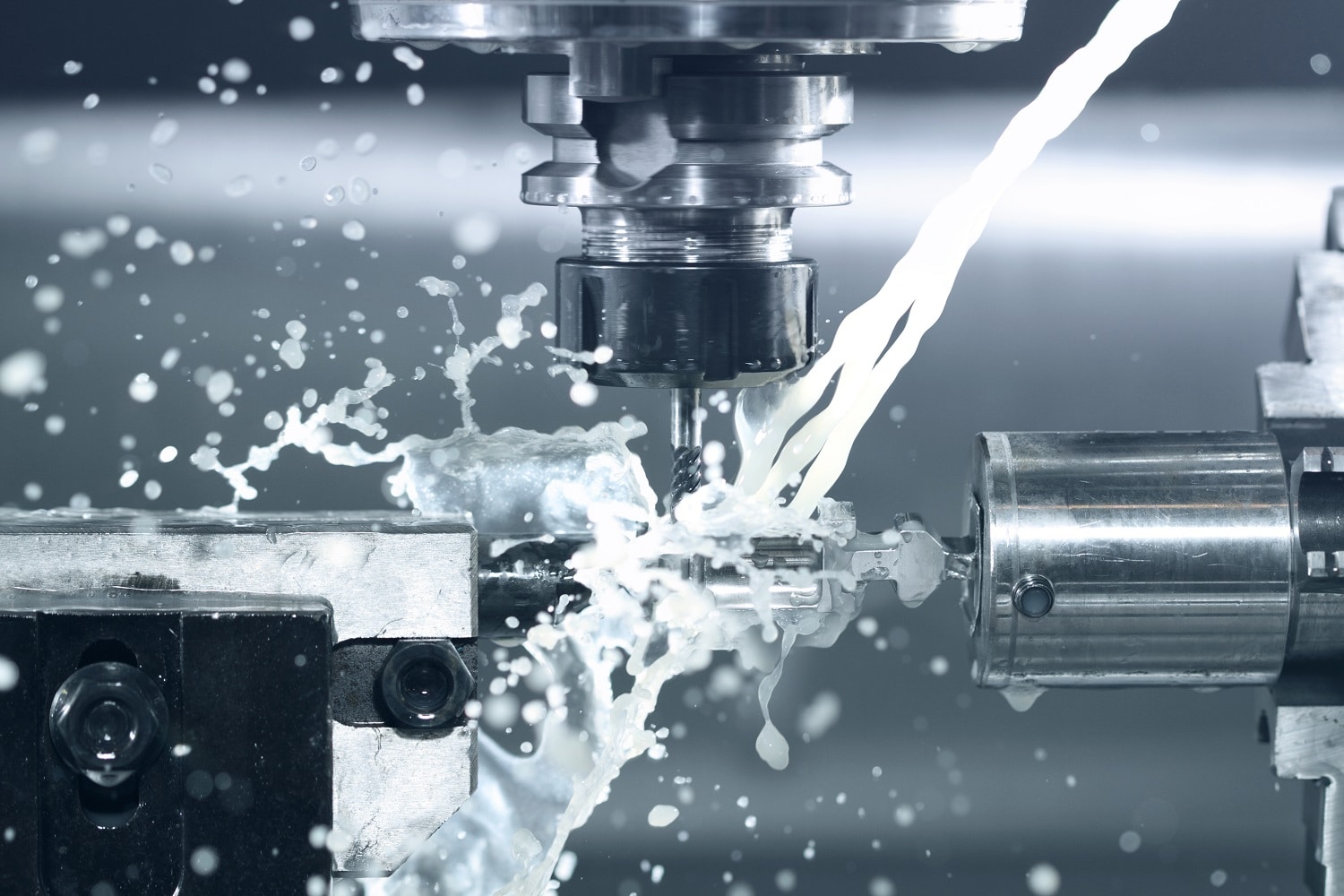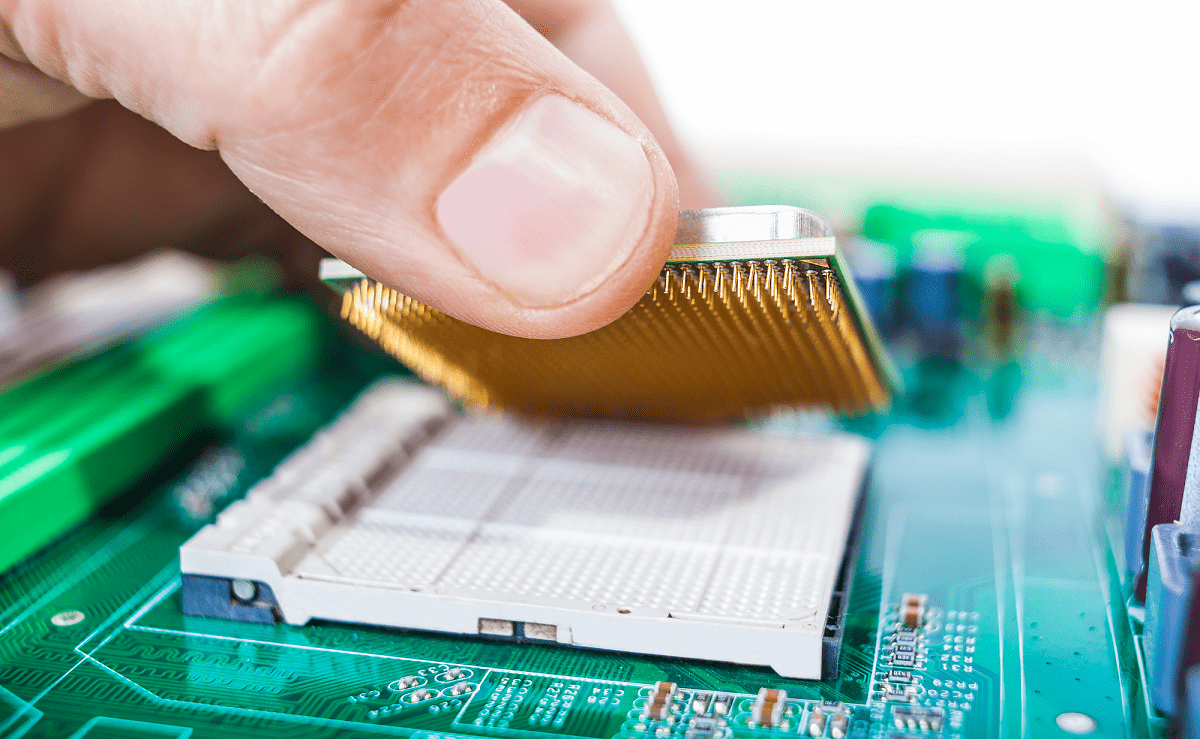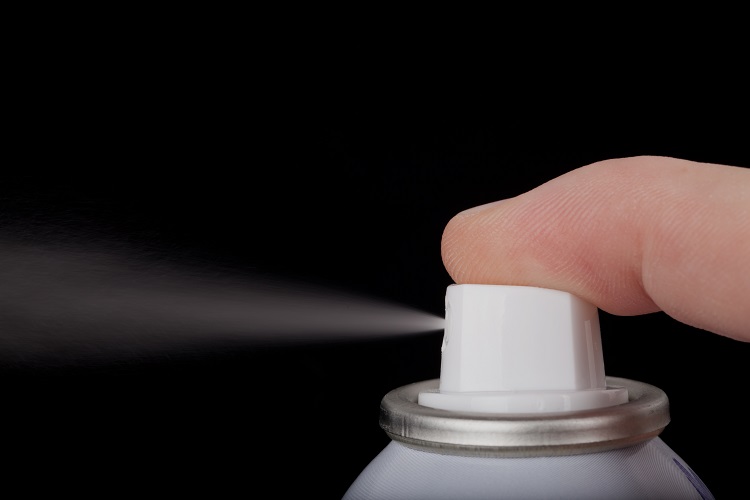Have you ever stopped to think about how many germs your phone harbors? What about your work computer? The truth is, our electronics are dirty. Due to our devices being high touch points, it’s estimated that cell phones carry 10 times more bacteria than toilet seats....




